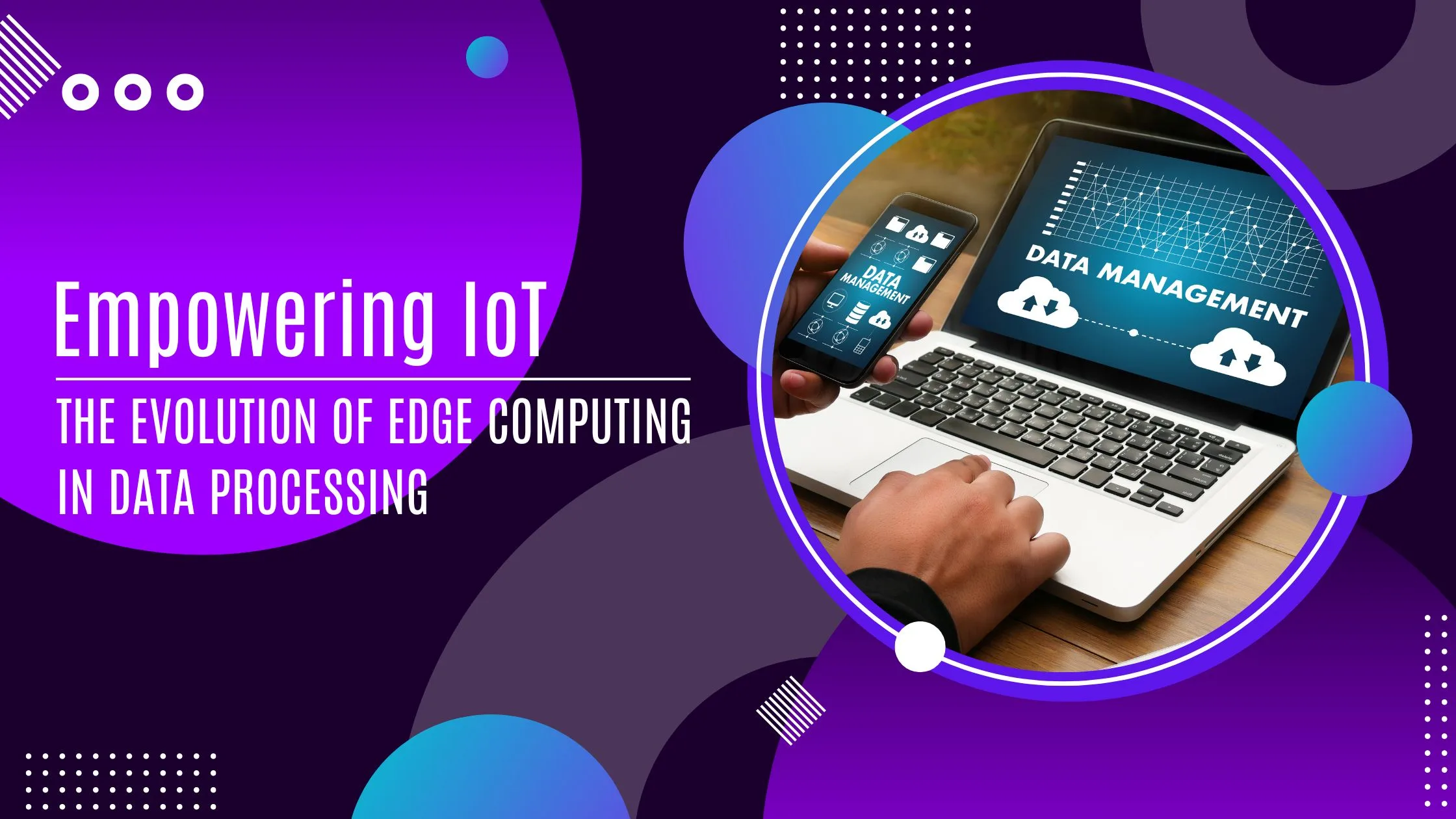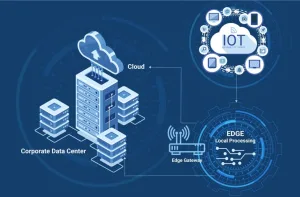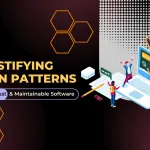Empowering IoT: The Evolution of Edge Computing in Data Processing
Welcome to the age of Internet of Things (IoT), where our daily lives are seamlessly connected through smart devices, sensors, and digital systems. As this interconnected network expands exponentially, one underlying question arises: How do we efficiently manage and process the massive amounts of data generated by these devices? Enter edge computing – a game-changing solution that empowers IoT in ways we never thought possible.
In this blog post, we delve into the evolution of edge computing and explore how it is reshaping data processing as we know it. Get ready to witness the birth of a technological revolution that will unleash the true potential of IoT!
Introduction to Edge Computing
The Internet of Things (IoT) has been a major driver of edge computing. By 2020, there will be an estimated 20.8 billion IoT devices globally
It is a new paradigm in data processing, which brings computation and data storage closer to the sources of data generation, such as sensors and actuators in IoT devices. This is in contrast to the traditional centralized model in which data is collected at a central location before being processed and stored.
The decentralized nature of edge computing enables real-time processing of data as it is generated, without the need to first send it to a central location. This reduces latency and makes applications that require low latency, such as Augmented Reality (AR), possible. In addition, edge computing can reduce cost and bandwidth requirements by reducing the amount of data that needs to be sent to a central location for processing.
It is well suited for IoT applications due to the large number of devices and distributed nature of many IoT deployments. By moving computation and storage closer to the sources of data, edge computing can improve performance and reduce costs for these applications.
History and Types of Edge Computing
It is a type of data processing that brings computation and data storage closer to the point where information is being collected. By doing this, edge computing reduces latency, bandwidth usage, and energy consumption while also increasing security and privacy.
It has been around for decades, but it has only recently become more popular due to the proliferation of internet-connected devices (IoT). In the past, most data processing happened in centralized data centers. However, as IoT devices have become more common, the amount of data generated by these devices has increased exponentially. Sending all this data to a centralized data center for processing would result in significant latency issues. Thus, edge computing has become increasingly important for processing IoT data in real-time.
There are two main types : fog computing and mist computing. Fog computing is a type of edge computing that uses distributed nodes to process data locally before sending it to the cloud or a central server. Mist computing is a newer type of edge computing that takes fog computing one step further by bringing compute resources directly to end devices. This allows for even lower latency and higher security and privacy since data never leaves the device it’s collected on.
Benefits of Edge Computing in Data Processing
The benefits of edge computing in data processing are many and varied. By moving data processing and storage closer to the edge of the network, businesses can enjoy reduced latency, increased security, and improved resiliency. In addition, edge computing can enable real-time data processing and analysis, providing actionable insights that can help improve business operations.
One of the key benefits of edge computing is its ability to reduce latency. By moving data processing and storage closer to the edge of the network, businesses can enjoy shorter travel times for data packets, resulting in faster response times. This is particularly important for applications that require low latency, such as interactive gaming or virtual reality.
In addition to reducing latency,It can also improve security. By keeping data within the confines of a company’s internal network, businesses can better protect sensitive information from external threats. In addition, by storing data locally at the edge, businesses can minimize the impact of a potential network outage.
It can also improve resiliency. By distributing data across multiple locations, businesses can ensure that critical applications remain online even if one location experiences an interruption in service. This is especially important for companies with global operations that need to maintain 24/7 uptime.
Challenges in Implementing Edge Computing
One of the challenges in implementing edge computing is the need for data processing to be done at the edge, rather than in the cloud. This requires specialised hardware and software to be installed on devices, which can be expensive.
Another challenge is ensuring that data is processed quickly enough so that it can be used in real-time applications. This often requires dedicated hardware and high-speed networks.
Security is a major concern when processing data at the edge. Because data is often stored locally on devices, it can be more vulnerable to attack. Therefore, it is important to have security measures in place to protect data.
Applications Where Edge Computing is Used
IoT devices are often used inremote or difficult-to-reach locations, making it hard to send data back to the cloud for processing. Edge computing brings data processing and storage closer to the IoT device, so that data can be processed and analyzed faster and more effectively.
Some common applications for edge computing in IoT include:
-Analyzing sensor data to detect issues or problems early on
-Processing video footage from security cameras in real time
-Storing data from wearables or other devices locally until it can be synced with the cloud
-Controlling connected devices directly, without sending commands through the cloud first
-AI applications like facial recognition, voice recognition, and object detection/classification without needing to send all data to the cloud for processing.
Examples of Companies Using Edge Computing Technology for IoT
As the Internet of Things (IoT) continues to grow and expand, so too does the need for efficient data processing. Edge computing is an emerging technology that is well-suited for IoT applications, as it allows for data to be processed closer to the source, rather than being sent back to a central location for processing. This can help to reduce latency, conserve bandwidth, and improve overall performance.
There are a number of companies that are already using edge computing technology for IoT applications. One example is Amazon, who uses edge computing in their AWS IoT platform to process data from connected devices in real-time. Another company making use of edge computing for IoT is Google, who uses it in their Cloud IoT Edge platform to allow devices to connect directly to the Google Cloud. Microsoft Azure also has an offering called Azure IoT Edge which enables devices to run cloud compute, analytics, and machine learning workloads locally on the device.
These are just a few examples of how It is being used by companies today to power their IoT solutions. With the continued growth of IoT applications, it’s likely that we will see even more companies making use of this technology in the future.
Conclusion
Edge computing is playing a rapidly expanding role in data processing, and its advantages over traditional cloud infrastructure has led to the rapid growth of IoT applications both in consumer circles and industry. As businesses continue to embrace this technology, new standards will emerge which make use of edge computing more secure and reliable for mission-critical operations.
In addition, the need for faster transmission further underlines why an effective integration between edge and cloud platforms is inevitable: with it comes greater scalability, flexibility, reliability as well as real time analytics capabilities that allow organizations around the world to better equip themselves against ever-growing threats such as cyber security.





